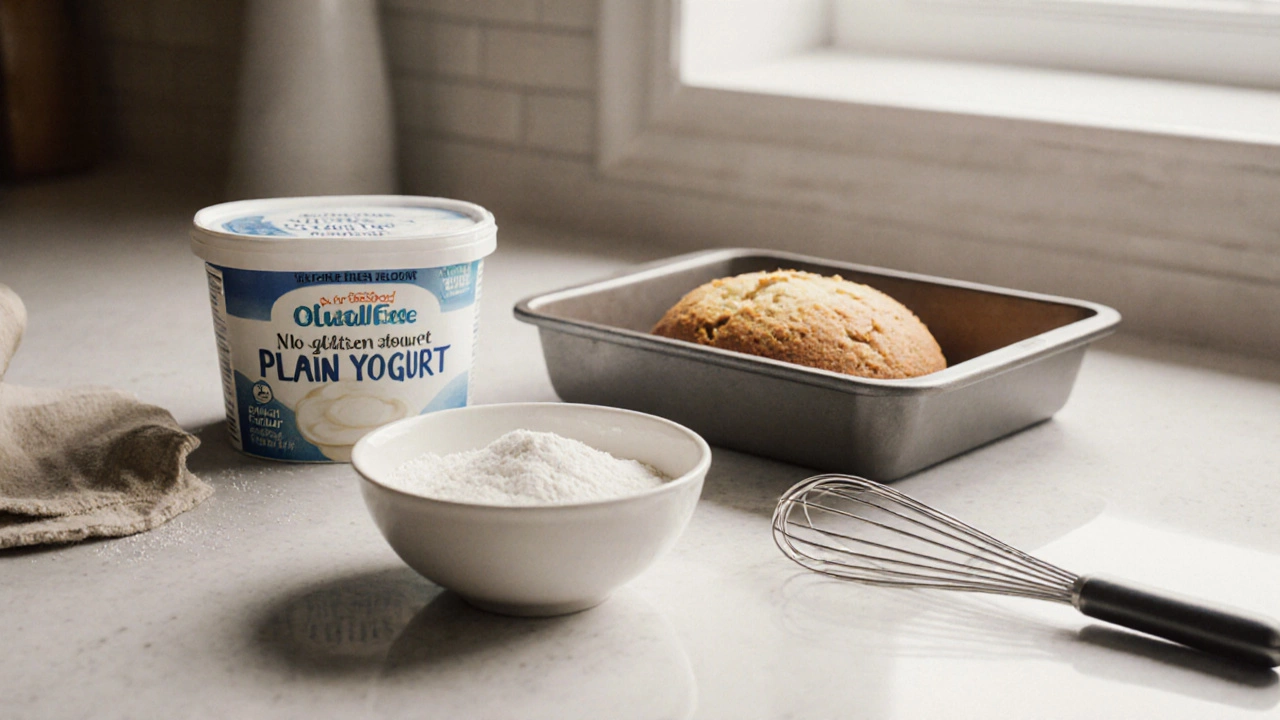Gluten in Yogurt: What You Need to Know About Hidden Sources and Safe Choices
When you see gluten in yogurt, a protein found in wheat, barley, and rye that triggers reactions in sensitive individuals. Also known as wheat protein, it doesn’t belong in plain yogurt—but it often sneaks in anyway. Most people think yogurt is naturally gluten-free because it’s made from milk and cultures. That’s true for the basics. But what happens when flavorings, thickeners, or processing steps add something unexpected? That’s where things get messy.
Look closer at the ingredients list and you’ll find cross-contamination, when gluten-free foods come into contact with gluten during manufacturing is a bigger issue than you’d guess. Factories that make both granola and yogurt often use the same equipment. Even if the yogurt itself has no gluten, crumbs from cereal toppings or shared conveyor belts can leave traces behind. Some brands even add malt flavoring, a barley-derived ingredient used to boost sweetness or depth in fruit yogurts—something you’d never expect in a dairy product. And if you’re buying flavored or Greek yogurt, you’re more likely to run into these hidden traps. Plain, unsweetened yogurt from trusted brands is your safest bet.
People with gluten sensitivity, a condition where gluten causes digestive discomfort without triggering celiac disease don’t always react the same way. Some feel bloated after eating yogurt with added starches. Others have no issues at all. That’s why reading labels matters more than assumptions. Look for certified gluten-free symbols—not just "gluten-free" claims. Certification means the product was tested and made in a dedicated facility. Brands like Chobani, Fage, and Siggi’s offer clear gluten-free lines, but always double-check the batch. And if you’re switching to dairy-free gluten-free, plant-based yogurts made from almond, coconut, or oat that are also free from wheat derivatives, be extra careful. Oat yogurt sounds safe, but unless it’s labeled certified gluten-free, it could be contaminated during farming or milling.
You don’t need to give up yogurt if you’re avoiding gluten. You just need to know where to look. The posts below cover real-world examples: which yogurts passed lab tests, which ones fooled consumers with misleading labels, how to spot fake gluten-free claims, and what simple swaps work best for breakfasts, smoothies, and baking. Whether you’re new to this or have been managing dietary restrictions for years, you’ll find practical, no-nonsense advice here—no fluff, no guesswork, just what actually works.
Plain Greek yogurt is naturally gluten-free, but flavored or processed versions may contain hidden gluten. Learn how to pick safe yogurt for gluten-free baking and avoid cross-contamination risks.
